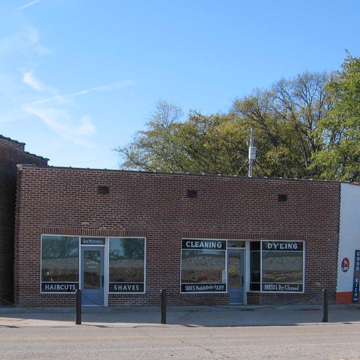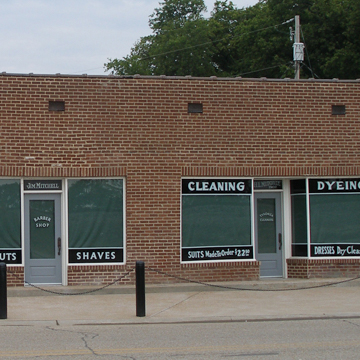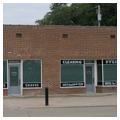Three brick buildings now accommodate a museum dedicated to the history of tenant farming, sharecropping, farm labor, and the Southern Tenant Farmers Union (STFU), an organization established in 1934. After the Civil War and the abolition of slavery, tenant farming and sharecropping became the systems that landowners most commonly employed to cheaply farm their land. Tenant farmers paid the landowner cash rent, and sharecroppers gave a percentage of their crop; landowners might also employ day laborers, who worked for an hourly wage.
In much of the United States, the 1920s were prosperous years, but not in cotton country. In 1927 the Mississippi River overflowed its banks and backed up the Arkansas River and its tributaries from Cairo, Illinois, to the Gulf of Mexico. Flood waters covered four million acres in eastern Arkansas and did not recede in time to plant a crop that year. Making things worse were the stock market crash of 1929 and the subsequent closure of banks (including the Bank of Tyronza in 1930), as well as a drought that hit Arkansas in the summer of 1930, causing widespread crop failure. In 1934, in response to the plight of tenant farmers and sharecroppers in Poinsett County, two socialists in Tyronza, H. L. Mitchell, who owned a dry cleaning business, and H. Clay East, who operated an adjacent service station, organized the Tyronza Unemployment League. At the urging of Norman Thomas, the most famous socialist in the nation, Mitchell and East participated in the formation of the STFU, which was composed of both black and white members, the first interracial agricultural union in the nation.
This museum occupies Mitchell’s and East’s former businesses and an adjacent former bank. The latter one-story brick building (c. 1916) has plate glass windows and is elaborated with decorative brickwork. The adjoining dry cleaning building (1927) is also a simple brick structure with plate glass windows. Also dating to 1927 is the gas station, which has a front service bay angled to face old Highway 63 and Main Street. Arkansas State University’s Heritage Sites program initiated restoration of these historically important buildings.







